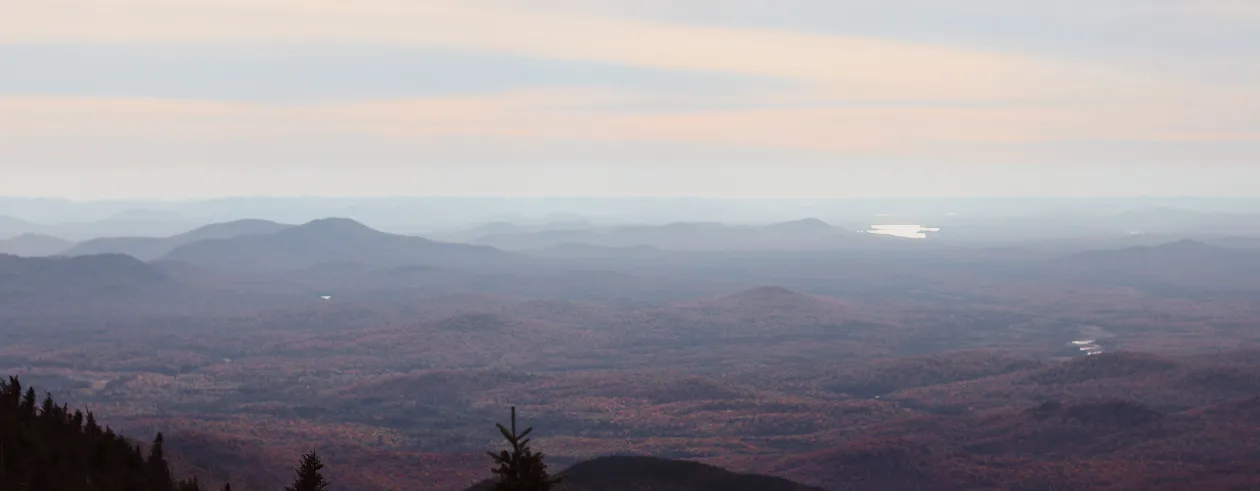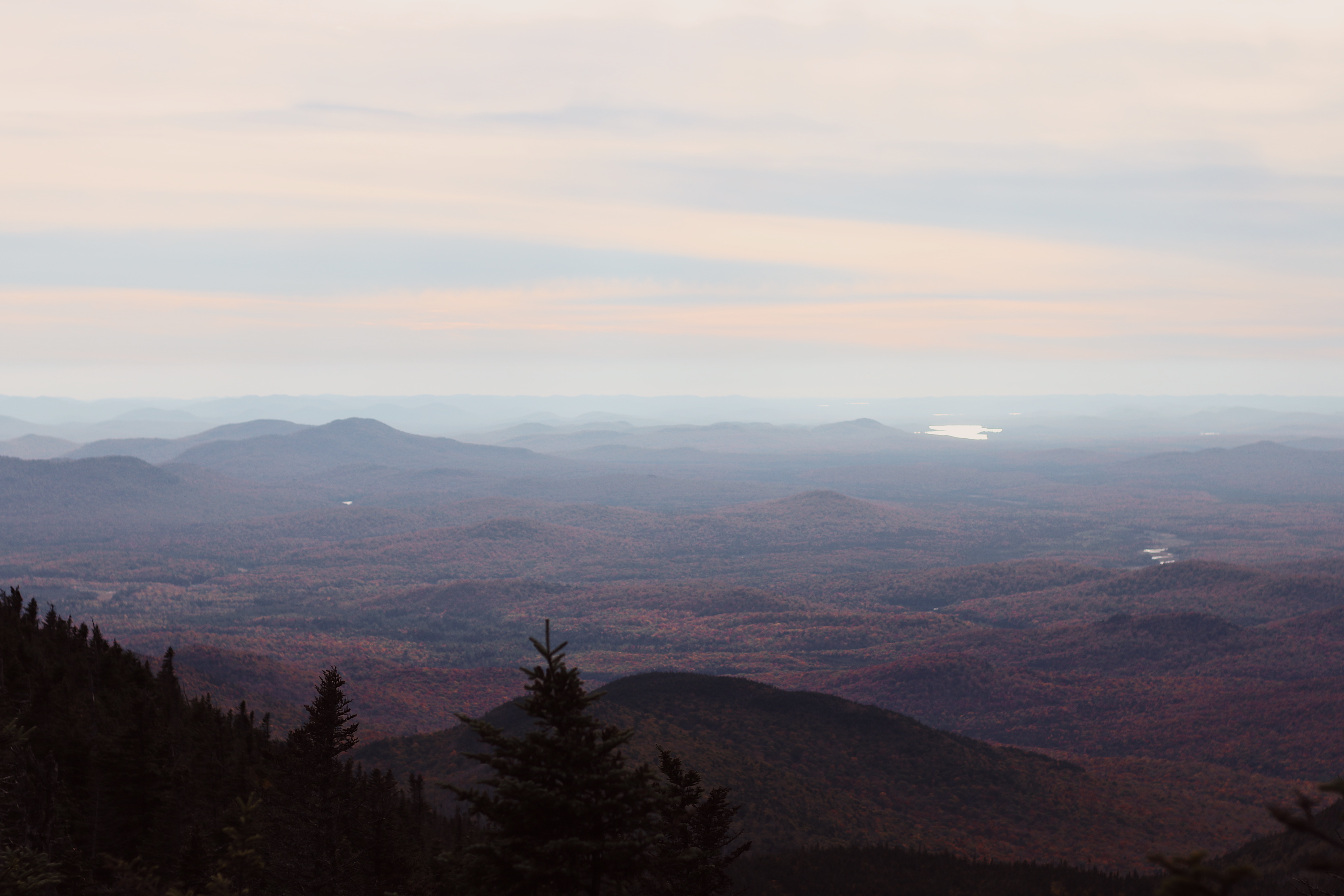
A Second Attempt at the Western High Peaks
The Seward Range consists of four mountains over 4,000 feet, part of the 46 High Peaks. However, unlike many of the High Peaks trails, these trails are unmarked, unmaintained, and quite rugged. You won’t find any footbridges or stone steps out there, just a lot of mud, downed trees, and thick brush. These trails are for those looking for some level two fun.
Seymour Mountain
I did this range in the spring for the first time and to say it was a challenge is an understatement. I brought my two dogs along and we hiked 5 miles into the Ward Brook lean-to to set up camp, then continued another 2 miles up Seymour. Seymour is the stand-alone mountain of this range and could potentially be done as a day hike.
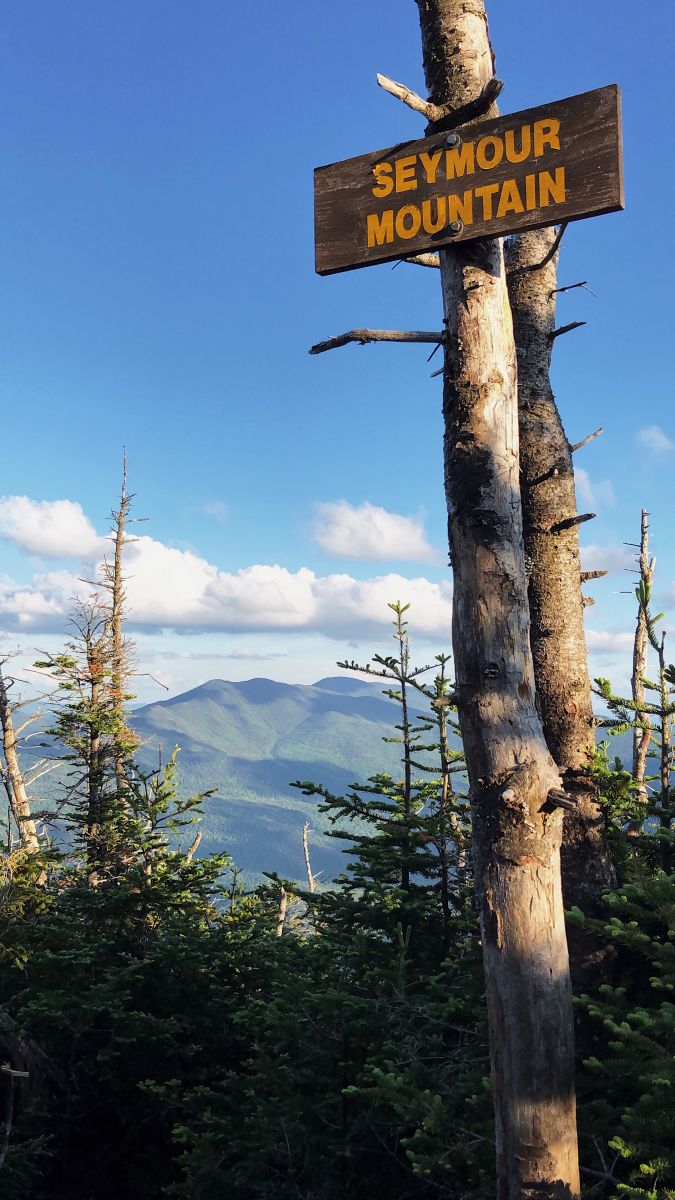
The round trip mileage up Seymour and out is about 14 miles. The climb is tough. There is a lot of scrambling and I wouldn’t necessarily recommend bringing dogs, although I can attest that it is doable if your dogs are well versed in Adirondack terrain. We took our time climbing and eventually made it to the mossy, forested summit. This is not an open summit, but there is an open rock face off to the right of the trail before the summit with an expansive view of the Saranac Lakes.
Back to the lean-to
After enjoying the view and eating some snacks, we made our way back to the Ward Brook lean-to just as night was settling in. We attempted to rest for a few hours, but the swarm of mosquitos made it impossible. I decided to start the conquest of the remaining three mountains at 2:30 a.m. since sleeping was out of the question.
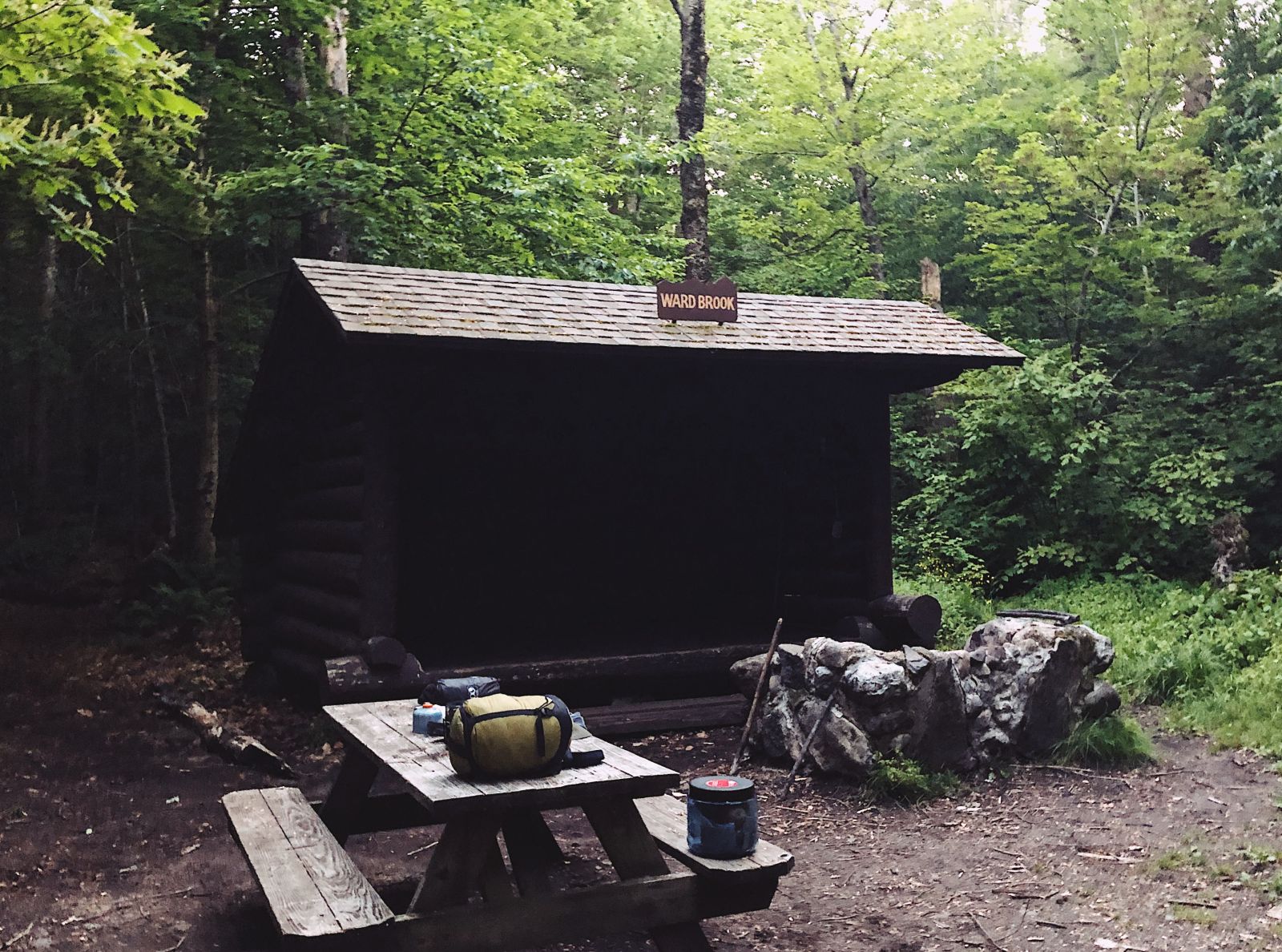
Seward, Donaldson, and Emmons
The trail to Seward mountain begins as a gradual ascent along a mountain brook. We slopped through the mud, moving slowly. It is hard to follow an unmarked trail during the day, and doing so in the dark was even more challenging. I took my time assessing the trail and making sure we stayed our course.
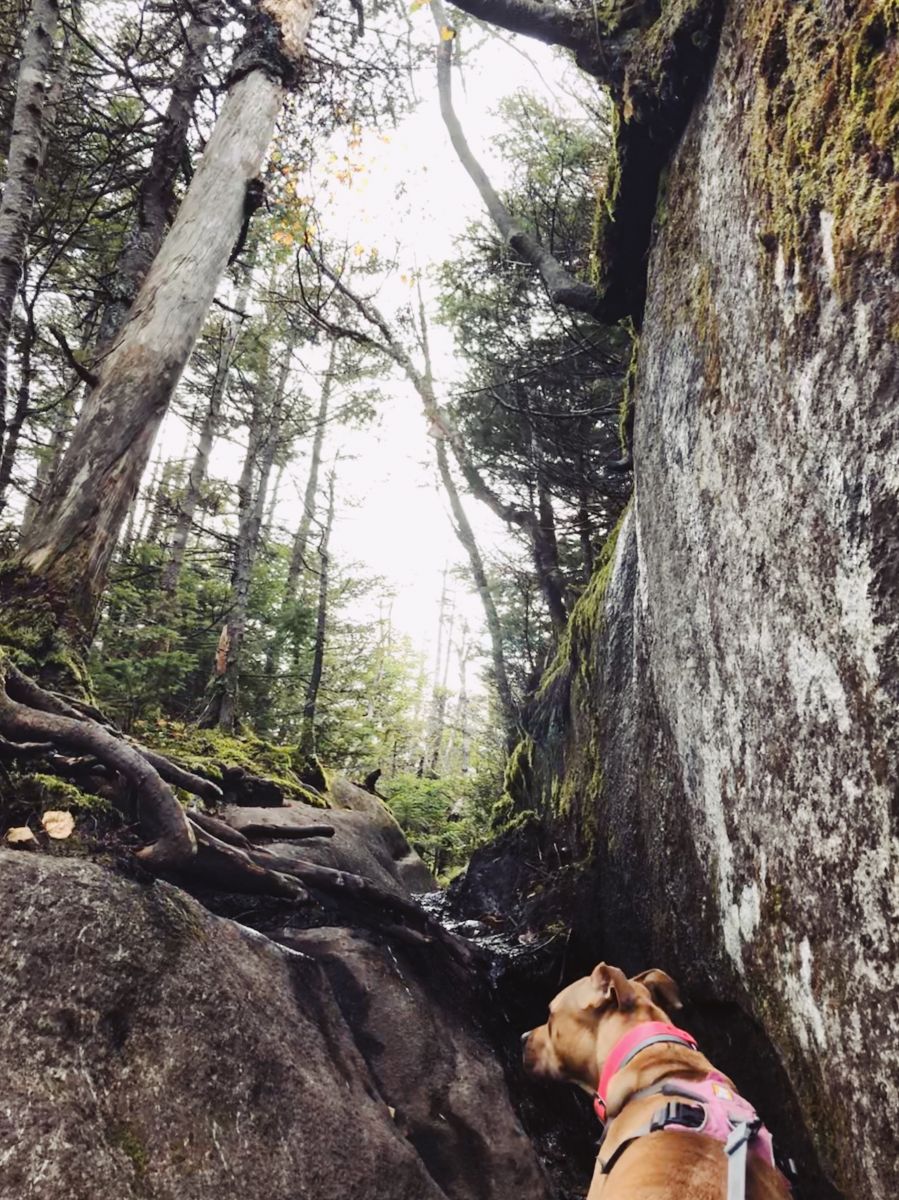
As the trail became steeper, the sun began to gently shine from beneath the horizon and a warm, pink glow filled the entire sky. I looked over my shoulder and saw that we had gained a lot of elevation. The flora began to shift and the air was noticeably thinner. We were close and I became excited at the idea of seeing the sunrise from the top of Seward; however, when we finally summited, clouds had moved in and there was no view at all. We were standing in a dense cloud of fog.
Keep on keeping on
I felt defeated by the bugs, the mud, and the disappointing sunrise, but I continued on, making my way to Donaldson. We had to down climb an intense scramble and then tromped through a good amount of mud before ascending Donaldson. As I climbed the final scramble the summit, I turned around and was shocked to find that I was now above the clouds. I've seen plenty of photos of cloud inversions in the Adirondack Mountains, but this was the first time I’d experienced the phenomenon for myself. I made my way over to a vista off to the right and sat for awhile in awe.
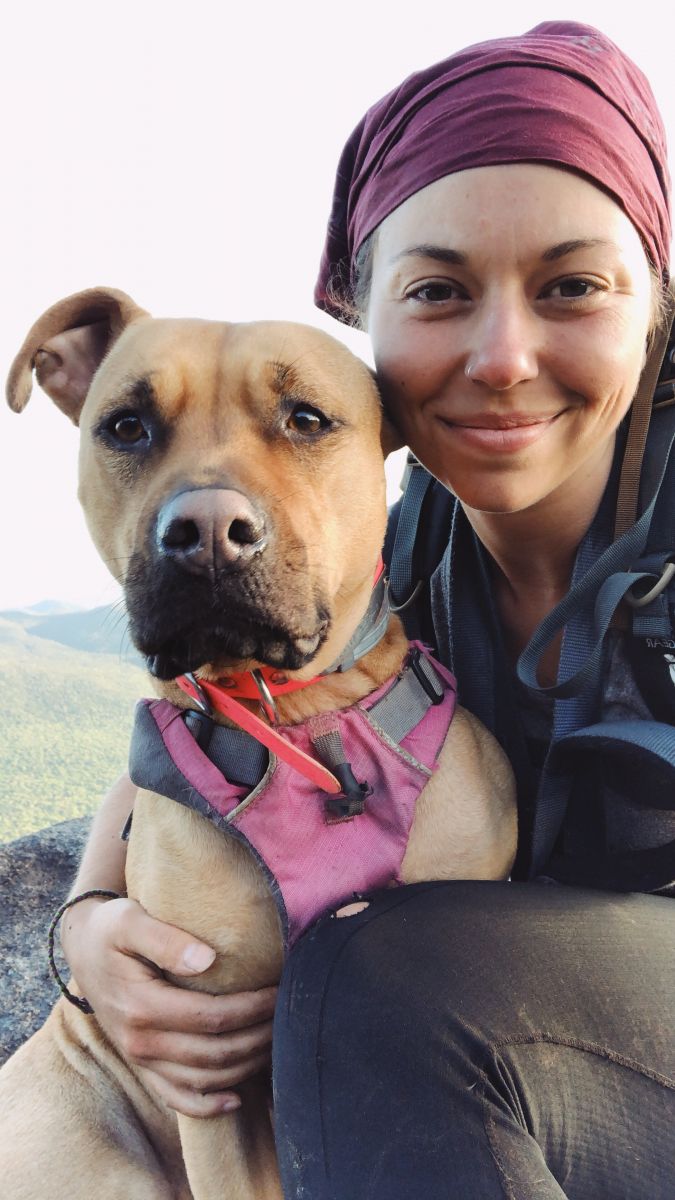
Emmons and the down climb
When the clouds cleared, I continued on my journey toward our final peak, Emmons. By this time, the sun was warming the mountains, but still not enough to strip my puffy. We navigated a lot more mud and eventually found ourselves on top of Emmons. I was exhausted and not looking forward to the trip down and up, down and up, and finally all the way down Seward to the lean-to. A few dreadful hours later, we arrived back at camp. I fought the mosquitos and tears of frustration as I fed my dogs a meal and packed up camp.
The most miserable five miles
The mosquitos were brutal on the way out. They had been just as brutal on the hike in, but when you have 20 miles of trail behind you and close to no sleep, patience is nonexistent. My dogs were equally defeated by the bugs, especially my short hair dog, who was being annihilated. We made it to a stream crossing and I splashed her underbelly with cool water to relieve some of the irritation of bug bites. It seemed to revitalize her. She trotted out of the water and shook off. She continued on the trail with a bit more pep in her step, which encouraged me to do the same. When we finally reached the car, I was so relieved. I vowed to never step foot in the Sewards again for as long as I live.
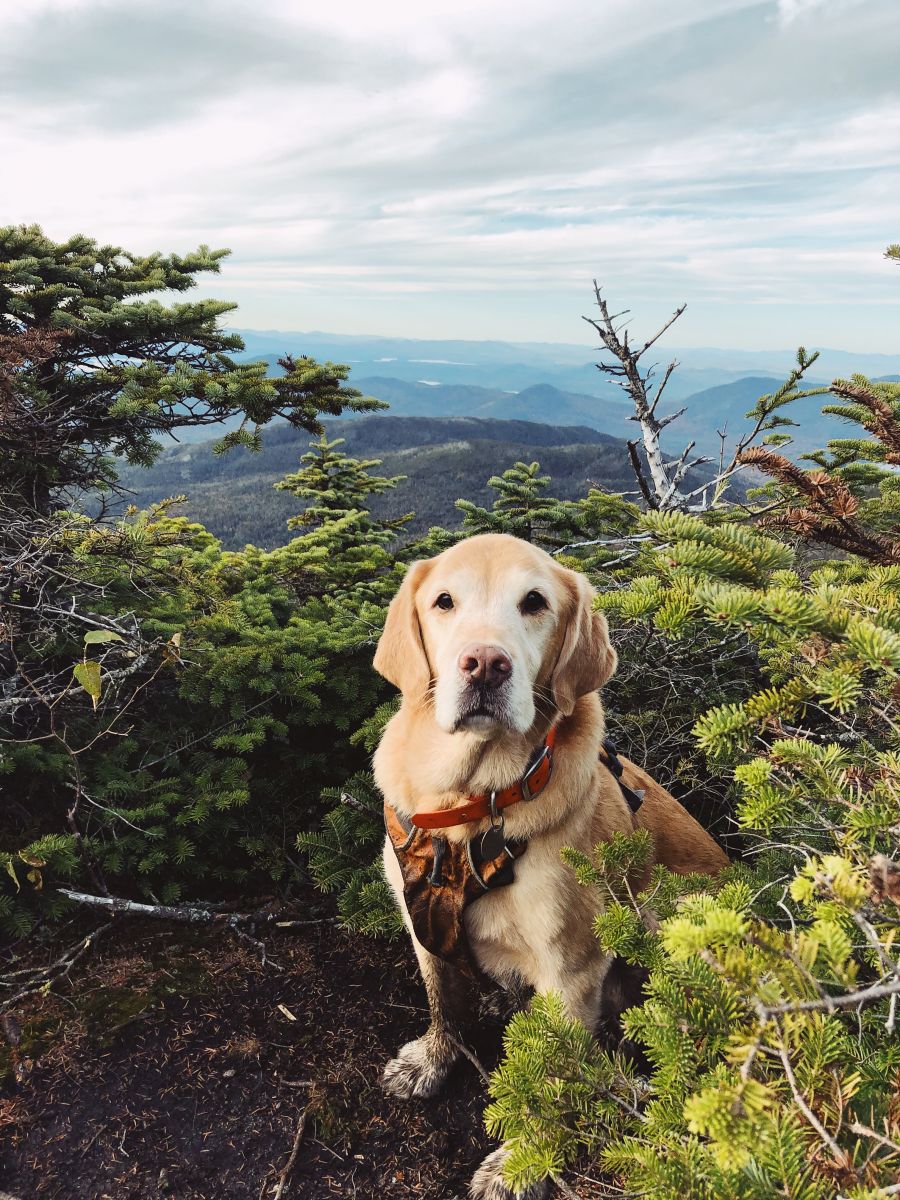
Donaldson in the fall
About three months later, during peak foliage, I found myself hiking back into the Sewards. I revisited Donaldson in September via the Calkins Brook trail with a friend. I’m happy to report that there were close to zero mosquitos remaining, although it was still quite muddy. As brutal as this range had been to me in the spring, time had eased my pain, and this mountain range had settled into my heart.
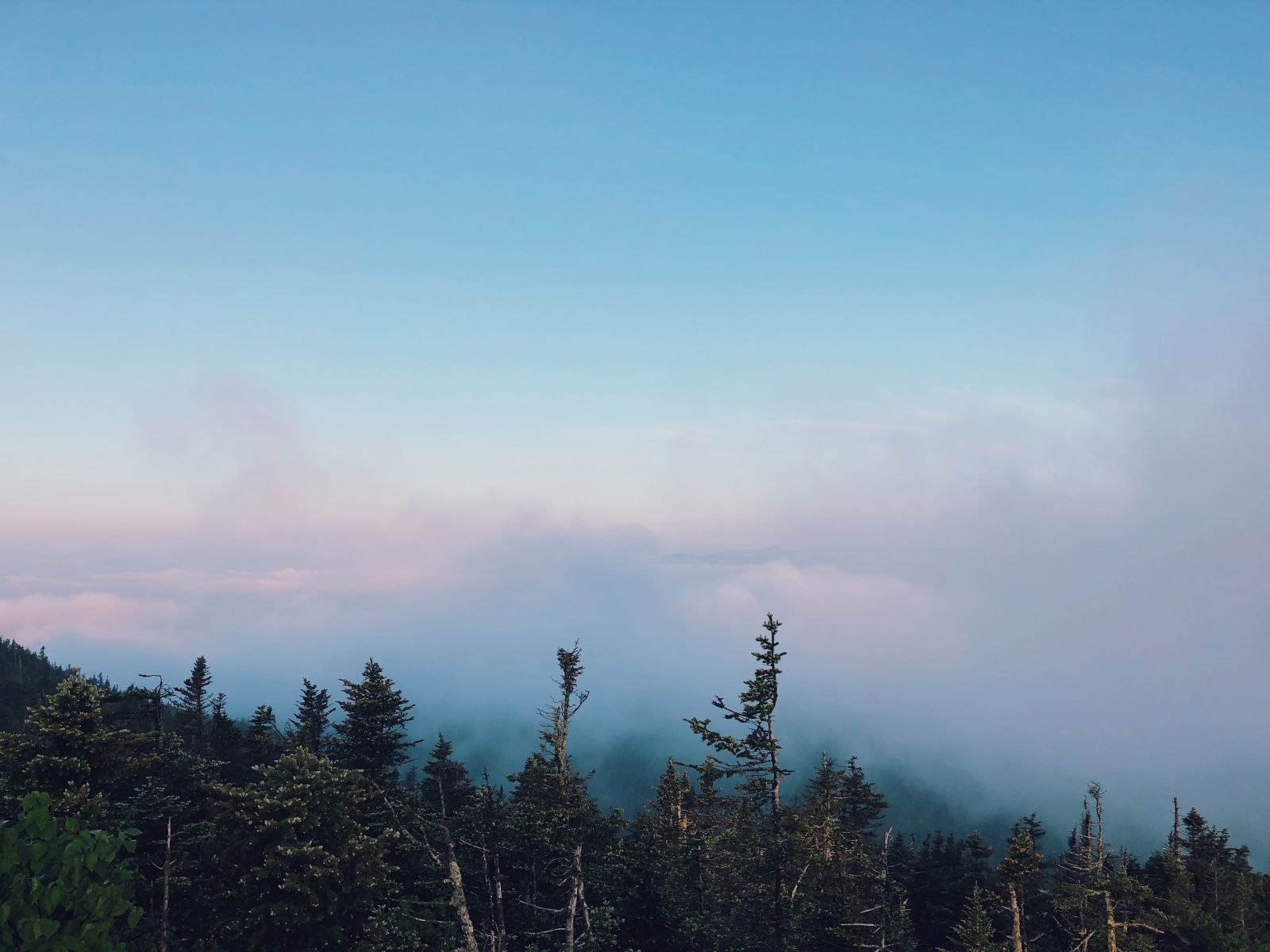 Donaldson via Calkins Brook is about a 12 mile round trip and a very doable day hike if you’re looking to dabble in unmarked trails in the High Peaks and avoid the crowds at the Adirondack Loj. If you wanted to add some miles to your trip, you could hop over to Emmons or Seward, or do both since they're along the same ridge. We reached the summit in about three hours, and made it back to the trailhead in about two hours. The fall foliage from the vista atop Donaldson was almost as awe inspiring as the cloud inversion I’d experienced the first time on the peak. We admired Ampersand Mountain and the Saranac lakes in the distance, and this time I vowed to return again to this secluded mountain range.
Donaldson via Calkins Brook is about a 12 mile round trip and a very doable day hike if you’re looking to dabble in unmarked trails in the High Peaks and avoid the crowds at the Adirondack Loj. If you wanted to add some miles to your trip, you could hop over to Emmons or Seward, or do both since they're along the same ridge. We reached the summit in about three hours, and made it back to the trailhead in about two hours. The fall foliage from the vista atop Donaldson was almost as awe inspiring as the cloud inversion I’d experienced the first time on the peak. We admired Ampersand Mountain and the Saranac lakes in the distance, and this time I vowed to return again to this secluded mountain range.
Getting there
From Tupper Lake, take Route 3 east toward Saranac Lake. Continue for 7 miles, then turn right onto Corey’s Road. Drive about 6.5 miles until you reach the trailhead on your right. Part of Corey’s Road is seasonal, so if you’re attempting the Sewards in the winter, it would add about 6 miles round trip.
